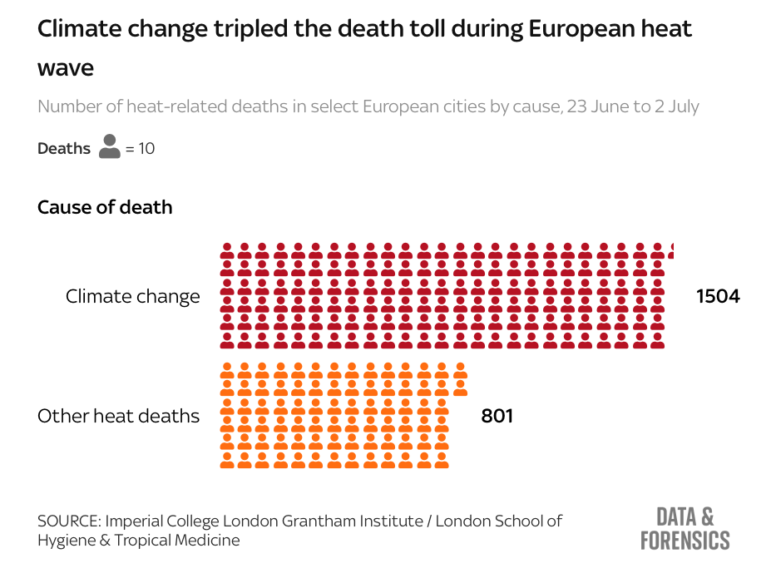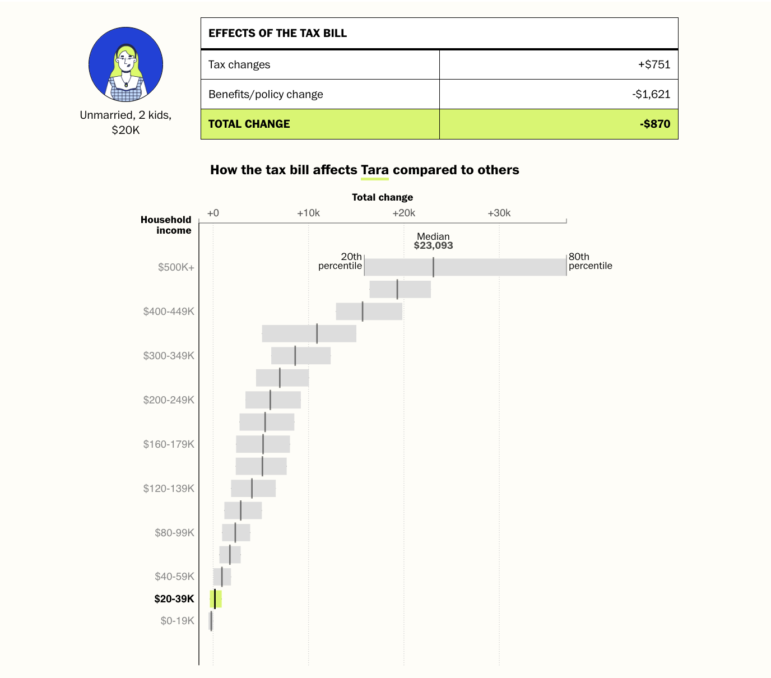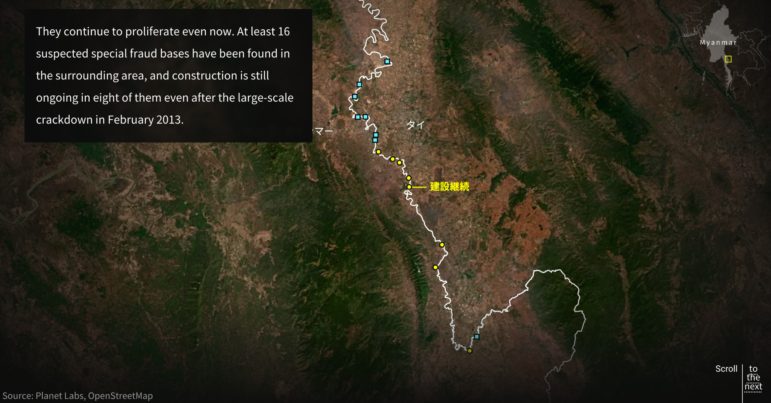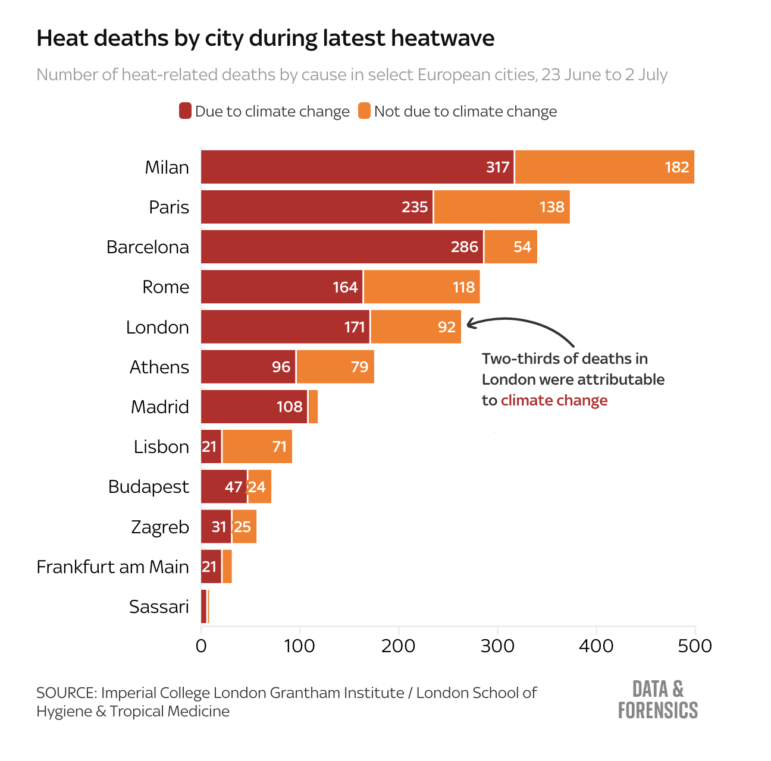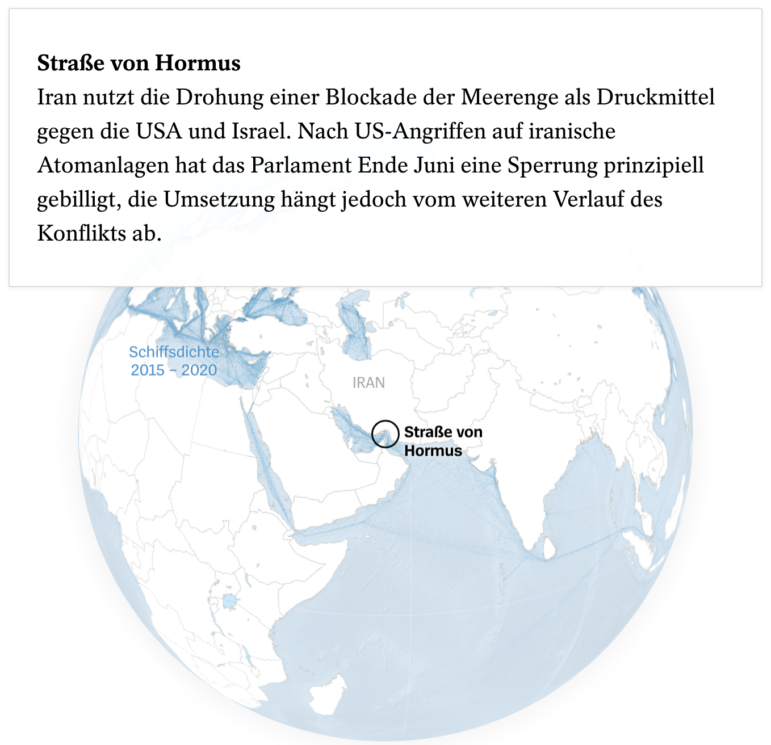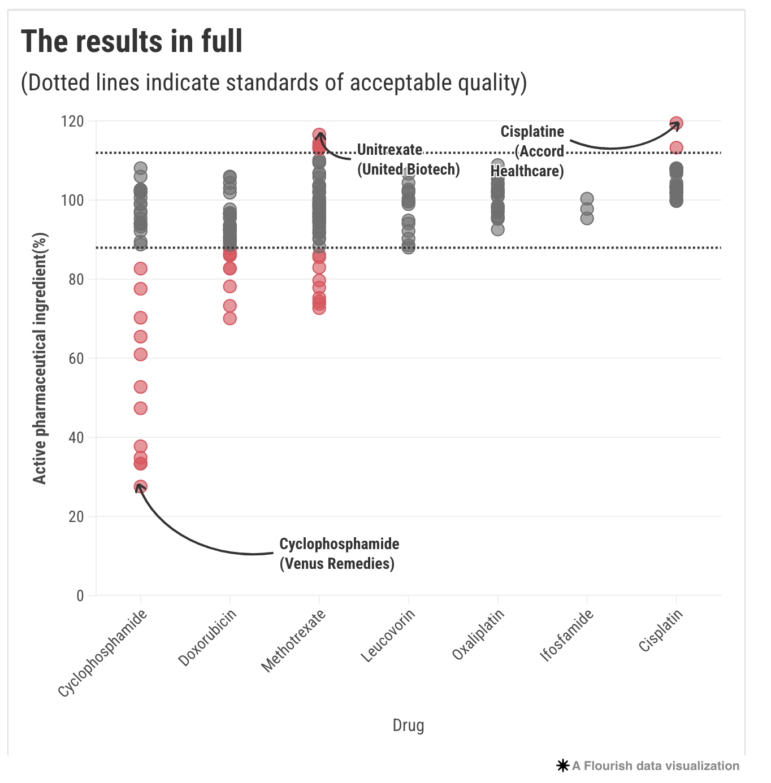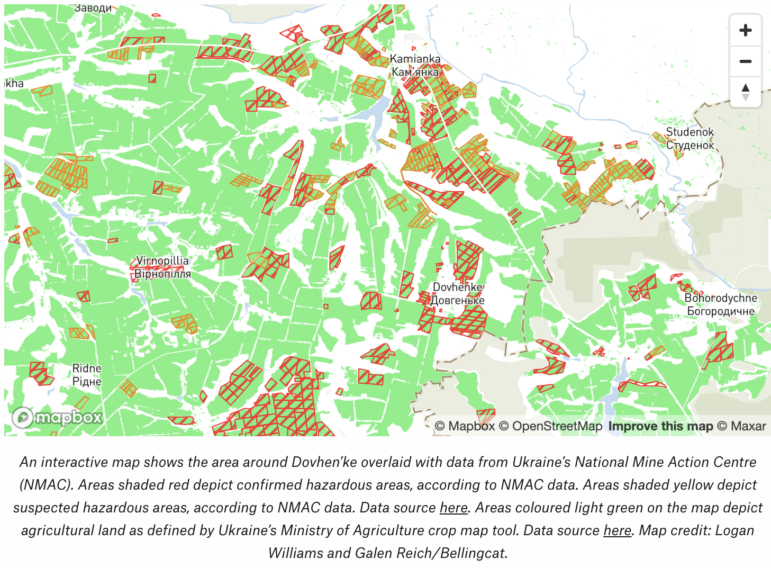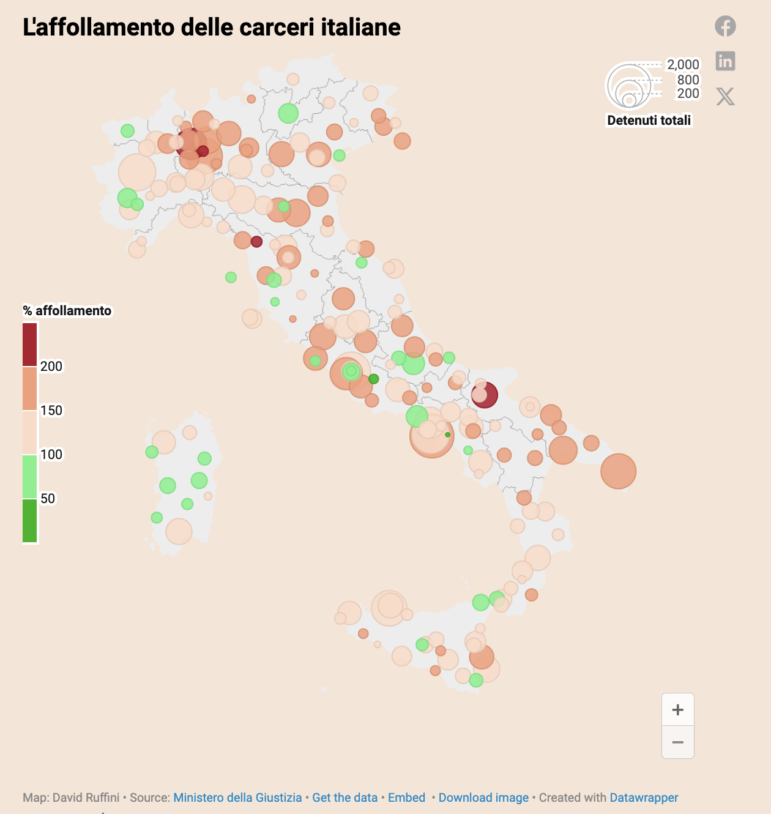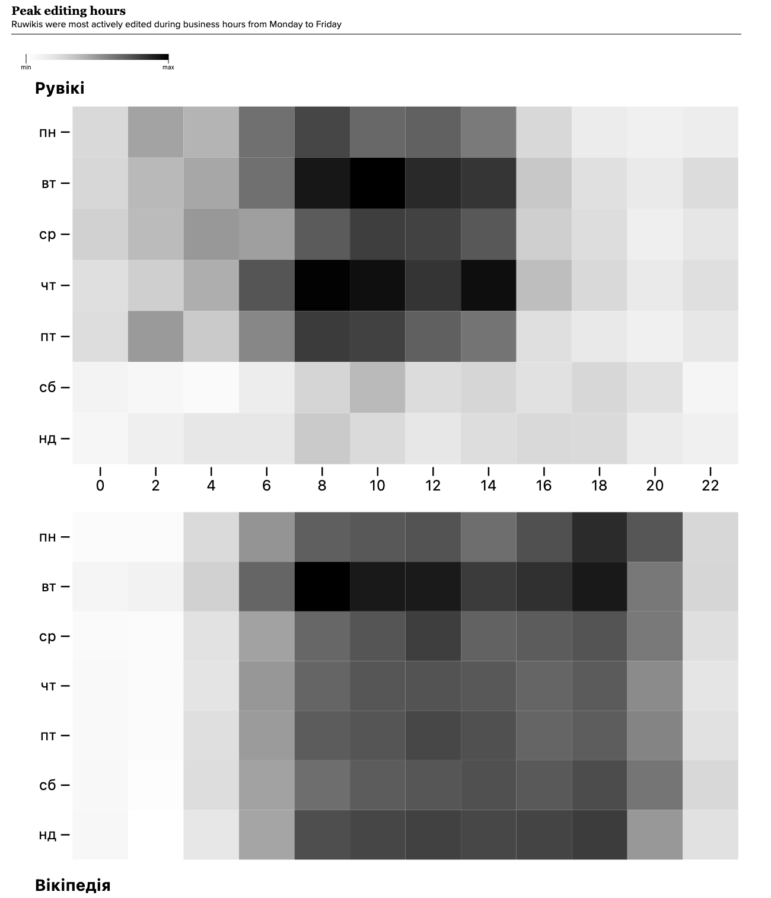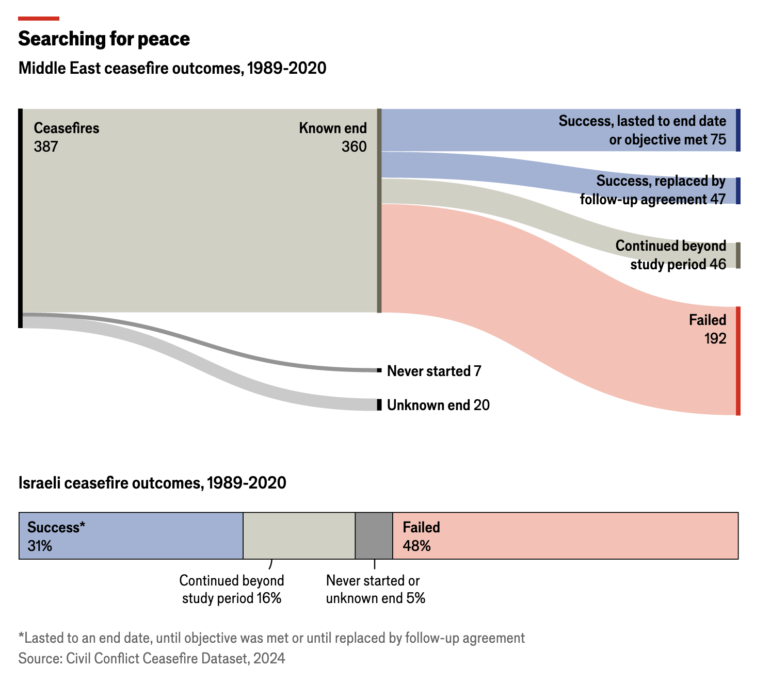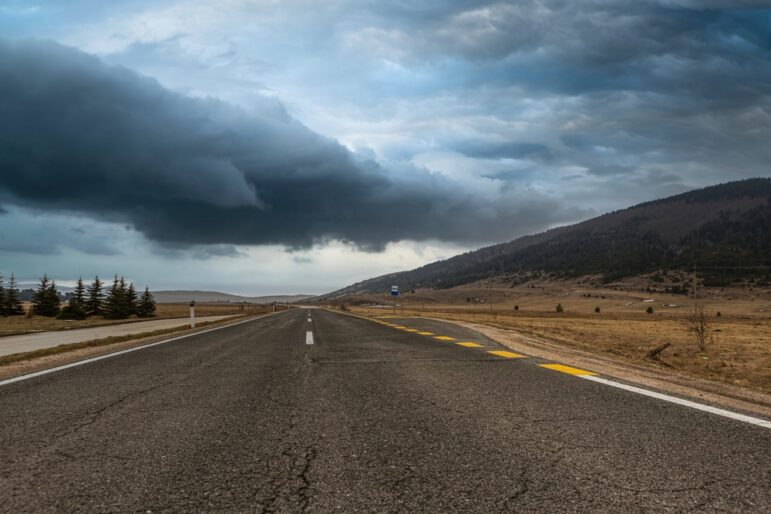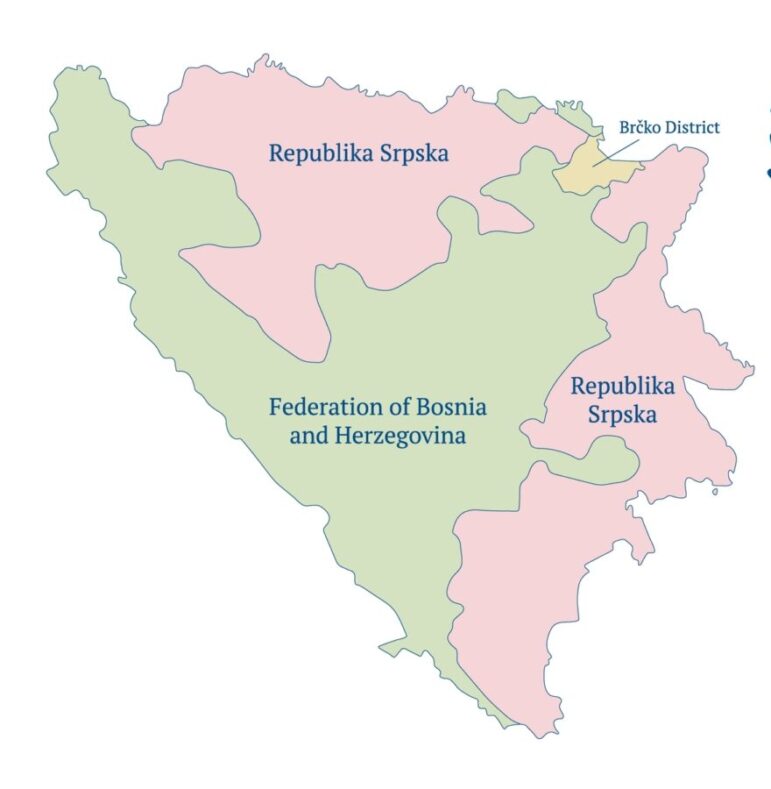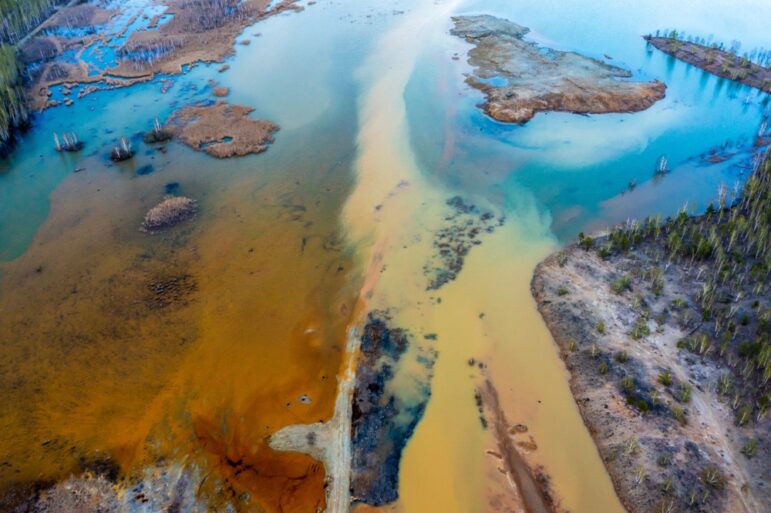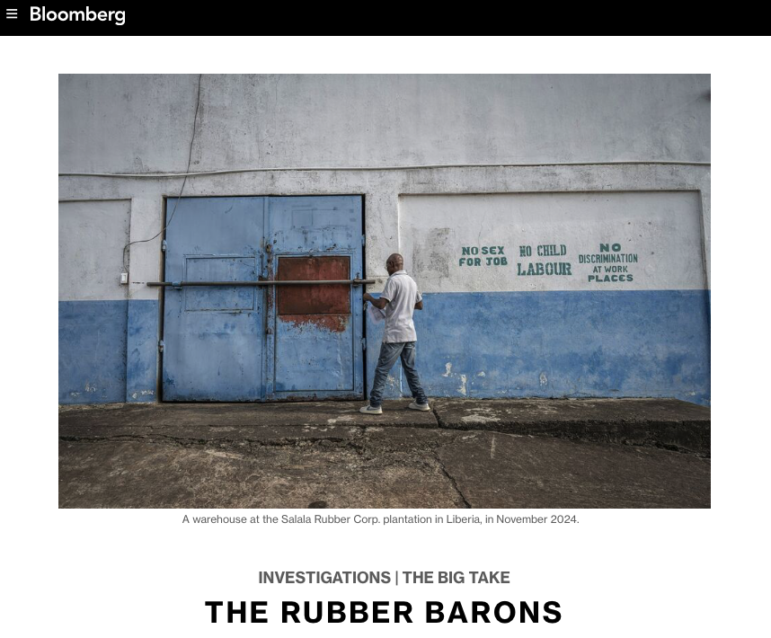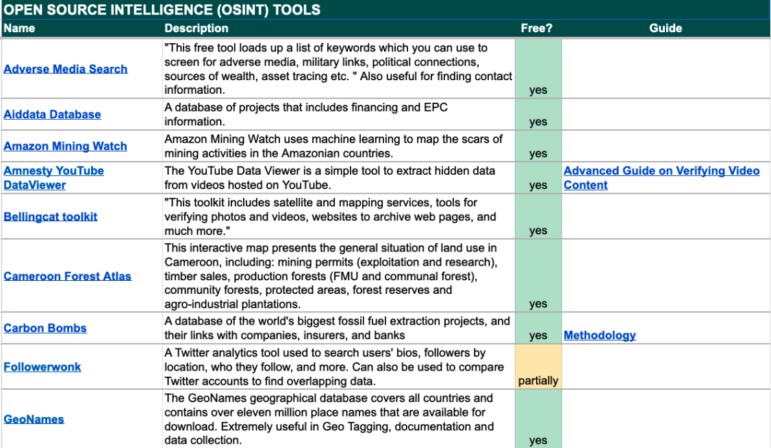The Global Investigative Journalism Network (GIJN) is looking for a Program Director to plan, lead, develop, and implement cutting-edge programs to foster the practice of investigative journalism across the globe. This full-time position will be part of GIJN’s management team, working to advance GIJN’s mission of supporting and strengthening investigative journalism worldwide — with special attention to those from repressive regimes and marginalized communities. Applicants must have a solid understanding of investigative and data journalism and be familiar with its practitioners across continents, as well as experience in managing project coordinators and steering programs to successful completion.
GIJN serves as the global hub for investigative journalists, and works in a dozen languages to link together the world’s most enterprising journalists, giving them the tools, technology, and training to go after abuses of power and lack of accountability. GIJN is an association of 251 member organizations in 95 countries dedicated to spreading and advancing investigative journalism around the world.
This position reports to GIJN’s Executive Director. GIJN is a distributed nonprofit, and this is a remote position. GIJN is staffed by an extraordinary multicultural team based in over 20 countries. You’ll work in a collaborative environment with a network that is having an impact every day on the front lines of journalism.
Responsibilities and duties
- Work as part of the management team on advancing GIJN’s mission to support and strengthen investigative journalism around the world
- Research, conceptualize, develop and execute programs in line with GIJN’s key priorities, including setting objectives, writing and editing proposals, structuring and managing timelines and budgets, and reporting outcomes;
- Manage and supervise current and future GIJN programs as well as staff working on those programs, which include training, webinars, and membership services, among other activities;
- Strategize and review with the management team ways to develop and improve existing programs;
- Seek new program partnerships, while nurturing and expanding existing partnerships;
- Support GIJN’s fundraising efforts in coordination with GIJN’s development team;
- Help oversee work tied to GIJN conferences and workshops, with special attention to content, speakers, and partnerships;
- Contribute with the management of membership services provided to GIJN member organizations;
- Manage GIJN’s video training project, including production and rollout;
- Help prepare materials for periodic reports;
- Represent GIJN at events and conferences;
- Support GIJN’s work to strengthen organizational procedures;
- Support professional development plans for staff that contribute to employee retention.
Knowledge, Skills, and Experience
- Excellent attention to detail;
- At least 15 years experience in journalism;
- Strong knowledge of investigative and data journalism;
- Leadership experience in a journalism environment;
- Proven track record and extensive experience in program management;
- Ability to work independently and responsibly in a decentralized organization;
- Ability to manage a distributed staff, working largely online in remote locations;
- Ability to work effectively in a cross-cultural environment and with partners from around the world;
- Strong network of contacts and experience working cooperatively with the investigative journalism community is a plus;
- Ability to cultivate partnerships across borders to help advance organizational programs;
- Ability to work flexibly in line with organizational needs and to effectively share knowledge, ideas and skills across the GIJN team;
- Fundraising skills and experience is a plus;
- Strong attention to detail;
- Excellent English. Effective, articulate communicator, both written and oral. Working proficiency in another language is a plus;
- Able to use and work effectively using spreadsheets, project management software, and other online tools.
Deadline: Rolling, until position is filled.
Location: Fully remote. GIJN is a virtual non profit organization. You will need good, dependable broadband. The successful candidate should have the right to work in the country in which they are based.
Salary: US$70K to US$100K. Salary range listed is for Washington D.C. based staff. GIJN considers staff experience, qualifications, and location when determining pay rates, and will adjust the offer for non- Washington D.C. based staff accordingly.
Note: GIJN is a strong believer in diversity and welcomes applicants regardless of race, color, creed, religion, gender, sexual orientation, national origin, ancestry, citizenship status, or disability.
If you’re eager to work with GIJN, but are missing some of the skills listed above, please go ahead and apply for this position.






